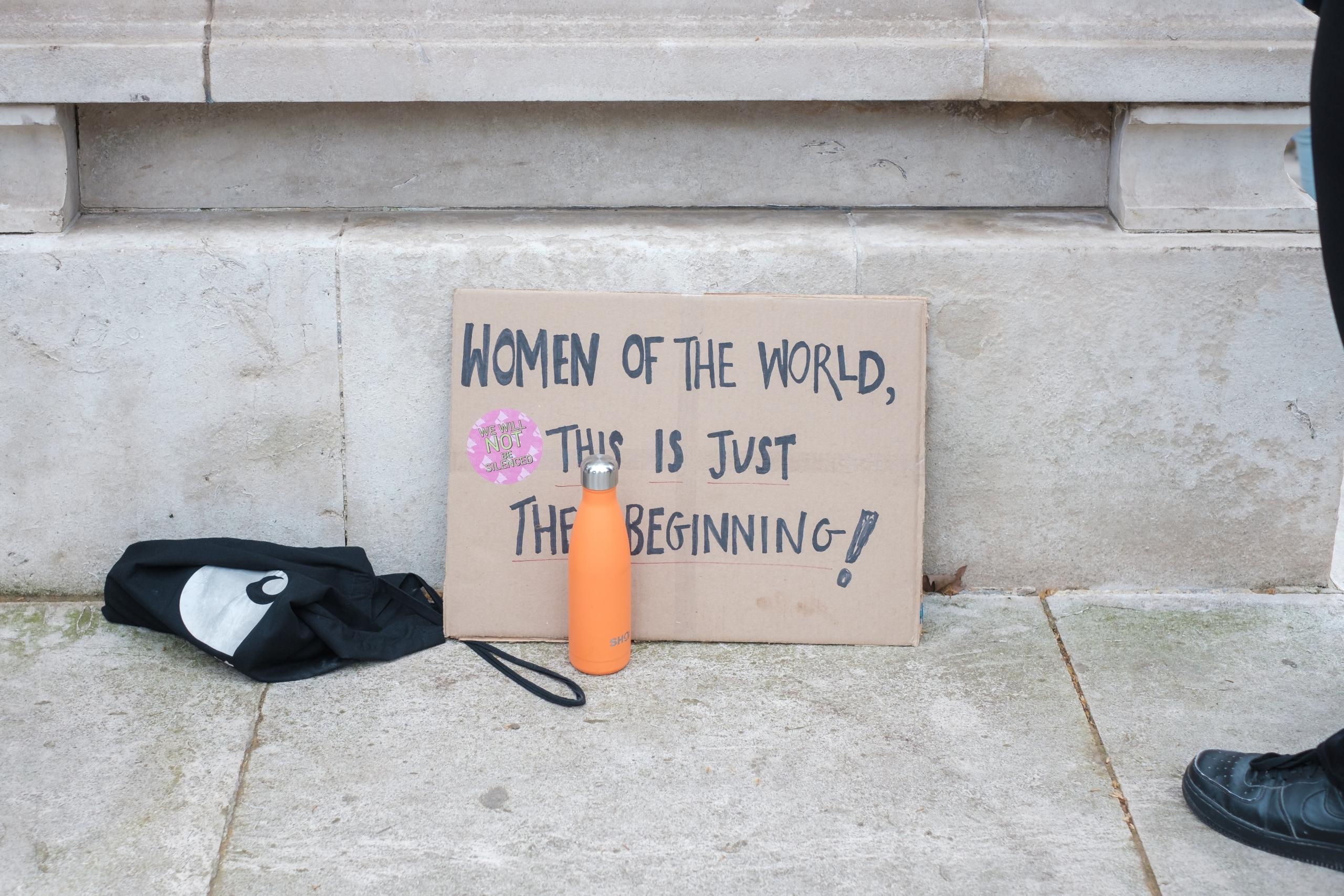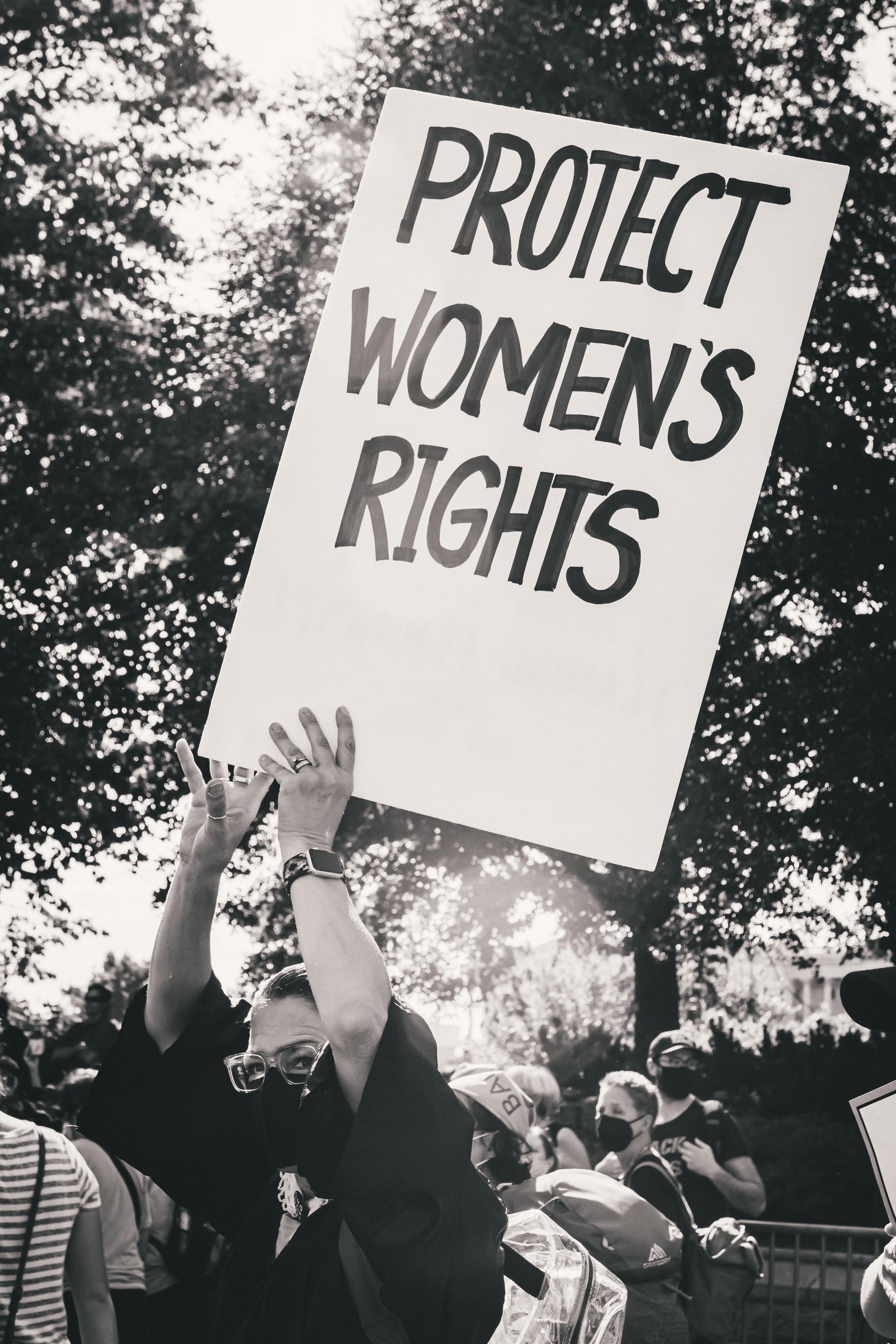The feminism third wave began in the early 1900s soon after many of the criticisms and failures came out regarding the second wave.
Informed by post-colonial and post-modern thinking, third wave feminism was constructed from a new and broader definition of a poststructuralism understanding of gender and sexuality. These concepts lay outside of existing binary heterosexual schemes.

Cultural and Political Feminism Waves
The third wave of feminism was characterised by grrrl riots had huge cultural impacts for the United States, mainly through the emergence of a feminist punk subculture in Washington and Olympia. Groups combined punk culture, politics and music that was explicit about sexuality, racism, feminism, rape, domestic abuse, patriarchy, anarchism, classism and female empowerment.
In addition, grrl-feminism supporters refused to be identified as ‘feminists’ as this was thought of as exclusionary and limiting. The third feminist wave was aimed at a multicultural and global movement that broke boundaries between gender, identity, social classes and sexuality.
In the well-publicised political debate in the United States, America lawyer, Anita Hill accused an African-American Judge called Clarence Thomas of sexual harassment. Despite her charges, Thomas went on to become part of the United States Supreme Court. This provoked the question of seeking racial equality without dismissing women.
New Definitions of Feminism and Feminist
The biggest challenge third wave feminism was to make sure that the mistakes of the second wave were not repeated. Where previous feminism waves excluded intersectional and social issues, these were very much a part of the third wave of feminism which also reminded people not to take women’s rights for granted. Critics of third wave feminism argued that gender equality had already been achieved in previous feminism waves and that further debate on the topic was unnecessary, or even that it pushed women’s rights too far in their favour.
The feminism third wave was not only concerned with generating a new overall awareness and consciousness but also encouraged women to define feminism for themselves. It was this kind of thinking that insisted that feminism could change with every generation and that feminism waves could be easily differentiated.
Because previous feminism waves were criticised for their exclusion of non-privileged and feminist groups, the third feminist wave focused on being ultra-inclusive in just about every way possible.

Issues Addressed in the Third Feminist Wave
Although social stereotypes and gender roles were challenged and advanced during the second wave, the third wave of feminism addressed certain topics with a much stronger and more radical standpoint. Influenced by postmodernism it emphasised the following areas:
Violence
For instance, violence against women champions discussed topics like rape, sexual harassment, and domestic violence. These central issues which were highlighted in the famous 1996 play, The Vagina Monologues generated much debate and exploration of women’s feelings. Topics that were covered included debates around orgasm, rape and birth. This accurately characterised the spirit of the feminism third wave which was also humorous, raw and sometimes even horrific.
Sexual Liberation
During the third feminist wave, sexual liberation contained awareness of sexual orientation and gender was shaped according to one’s sex assigned at birth. Today, this remains a difficult and challenging subject even though the feminism third wave is very outspoken about what sexual liberation entails. It also emphasises that women should embrace their sexuality and bodies to take back their power.
Reproductive Rights
Although this theme was first discussed during the second wave of feminism, it continued the fight and debate to increase access to abortion, contraception and reproductive rights for all women, instead of only the white middle class. The third feminist wave gave women, who wanted full control over their bodies in all areas of reproduction, hope. It was one of their solutions for both economic independence and freedom from men.
Language
The third wave of feminism challenged derogatory terms about women in unique and creative ways. Slurs like slut, bitch and other became part of a reclamation strategy to replace connotations and seize meanings through songs (All Women Are Bitches) walks and books (Bitch: In Praise of Difficult Women).
Race
The cracks between Afro-American feminism, Black feminism and other minority ethnic groups were specifically addressed. The fight to make the challenges of these ethnic groups more equal became more visible, and a more integrated feminism movement for both liberals and radicals became evident in the third feminist wave.
Social Class
Certain feminist groups made noteworthy parallels with regard to the theories concerning capitalism as well as those concerning structural and intersectional challenges of everyday life. In France, the group Parti Socialist Féminin, gathered socialist feminists to adopt a Marxist version of matriarchy.

Outlets for the Third Feminist Wave
While the feminism third wave inherited political and institutional power from first and second waves, it did well to keep up momentum and awareness. While equality in education was not emphasised during the third wave, women’s studies and programmes at many universities kept the discussion alive and well. This ensured that as many women as possible became aware of the movement.
Another significant platform was the prolific use of the internet to make information about the movement widely accessible. Forums nurtured the debate and offered a reliable and convenient place for the exchange of information between feminist groups. There is no doubt that the explosion of internet users across the world radically grew the consciousness of the feminist movement.
Critics and Remaining Challenges
Many critics have said that the third wave was only an extension of the second and that it did not achieve any of the specific goals that were meant to differentiate it as a third wave.
Despite sterling efforts from many different feminist movements and their branches, the movement exhibited many internal fissures and problems. This revealed a general lack of unity within the movement, which made it difficult for the movement, on many fronts, to advance during the third wave.

While both the first and second waves had very specific demands and noteworthy causes, critics felt that the third wave seemed too broad and therefore lacked a definitive goal.
This is where the terminology 'wave' became strongly criticised because it intentionally ignored progress that had been made during other periods of feminism. Regardless of the many different types of protests, and growing awareness, efforts were not recognised in the context of a wave. Unfortunately, this reduced some of the efforts associated with the feminist movement.
There was further controversial debate around the fact that making use of girly accessories was not an accurate representation of true sexual liberation. Critics labelled it as old oppression, only in disguise. Many writers from both inside and outside the movement argued that modern generations of women were not contributing anything of substance to the movement.
The Fourth Wave
Third wave feminism truly demonstrates just how difficult it is to tell the story of feminism history as well as the difficulties faced by women and girls all over the world to find their place within the movement. All of this is also what makes both history and women so fascinating because there are many stories from many diverse backgrounds to still be defended.
Regardless of the struggles associated with the third wave, feminists of the era continued to struggle, turning third wave feminism into a fourth wave. The debate that set the beginning of this round of feminism began in 2012 with a focus on body-shaming, rape culture and sexual harassment. These critical topics mostly referred to the persecution that women faced at work and in places of education. These issues were demonstrated through physical protests and also widely over the internet on social media platforms.
For many, the fourth wave is really only a continuation of the third with a specific focus on sub-movements like #MeToo which has gained widespread international recognition. In addition, the Women's March grew into huge demonstrations around the globe, most particularly in Latin American countries.
The history of feminism is both complex and rich and is certainly deserving of more analysis and attention. Today, the feminist movement continues to grow in consciousness and debate all over the world.















